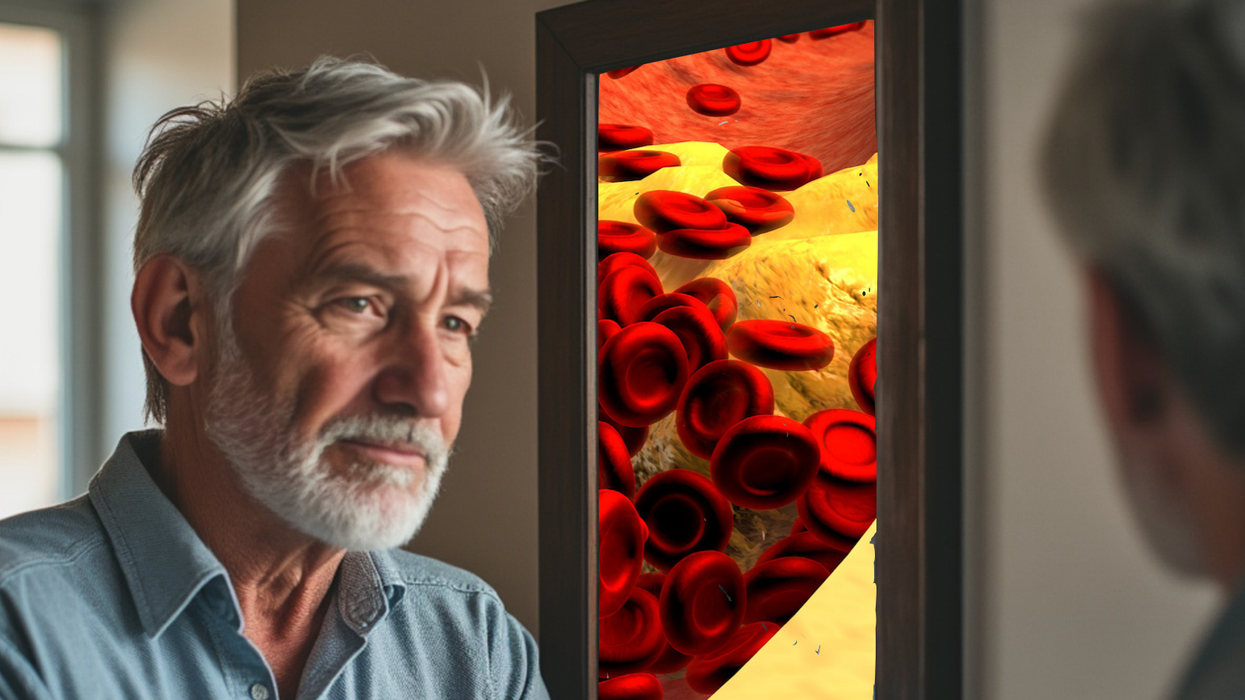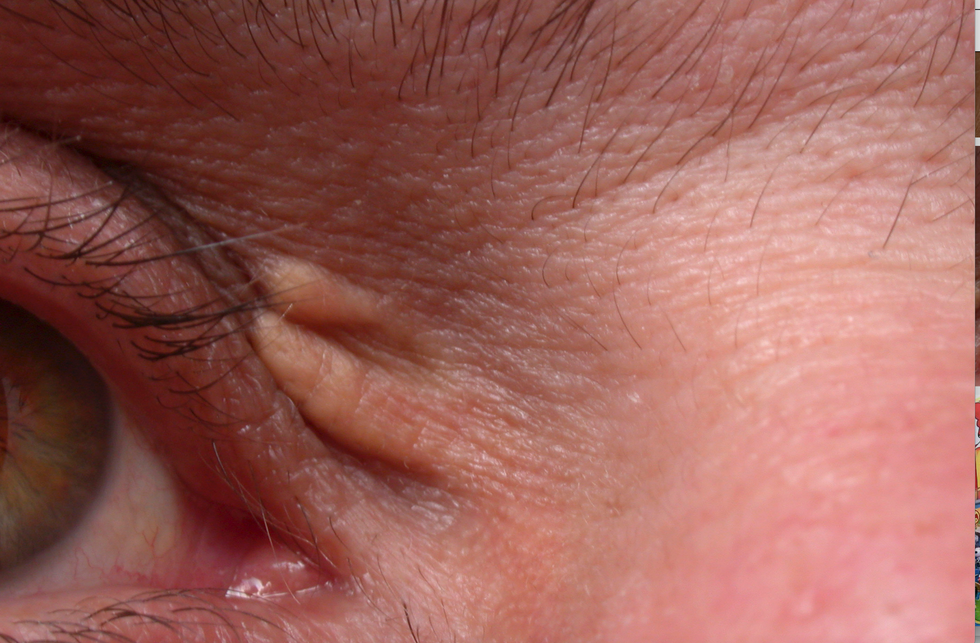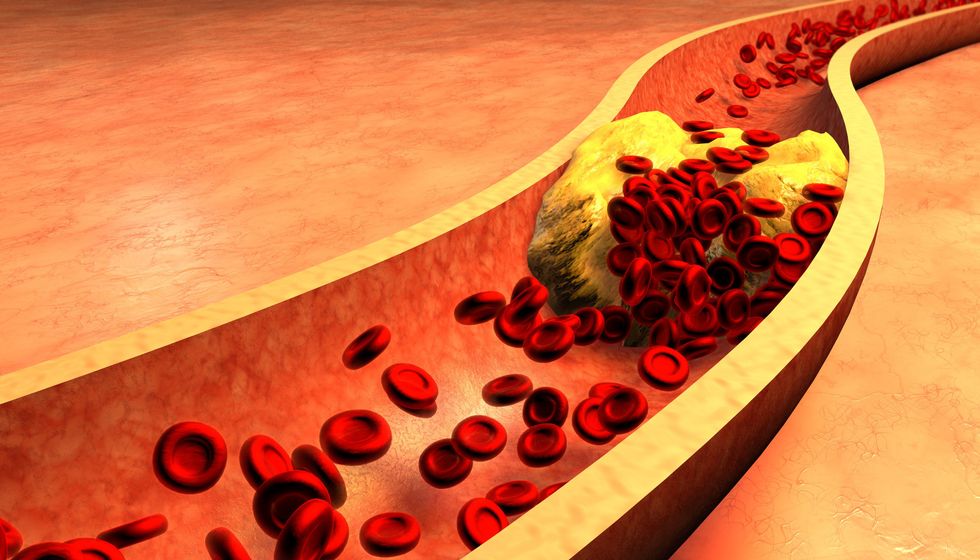The three signs of high cholesterol you can spot simply by looking in the mirror and what to do about it

High cholesterol deposits can emerge on the skin in unsettling ways
|Grok/Getty Images

High cholesterol is not always invisible
Don't Miss
Most Read
High cholesterol is a common health concern that often goes unnoticed due to its lack of obvious symptoms.
However, there are exceptions to the rule. Certain facial features may indicate elevated cholesterol levels.
Cholesterol, an essential component for optimal health, is produced naturally by the body but can also be increased through diet. Whilst necessary for cellular function, excessive cholesterol can lead to serious health complications so spotting the warning signs is essential.

Xanthelasma appears as yellowish, fatty deposits around the eyelids
| Getty ImagesThe Temecula Medical Group has identified several facial signs that may point to high cholesterol. One such indicator is xanthelasma, which appears as yellowish, fatty deposits around the eyelids. These harmless but visible bumps form when fat accumulates under the skin.
Another potential sign is arcus senilis, a greyish ring that develops around the iris of the eye. Whilst common in older individuals, its presence in younger people could signal high cholesterol levels.
Interestingly, psoriasis, a chronic autoimmune skin condition, has been linked to elevated cholesterol.
Research indicates that individuals with psoriasis may have a higher prevalence of high cholesterol, possibly due to shared risk factors such as obesity and inflammation.
It's important to note that these facial signs are not definitive proof of high cholesterol. As the NHS points out, regular check-ups and blood tests remain the most reliable methods for monitoring cholesterol levels, particularly for those with risk factors such as high blood pressure, excess weight, or a sedentary lifestyle.
How to lower high cholesterol
Lowering high cholesterol is crucial for maintaining good health.
The NHS recommends a two-pronged approach: eating healthily and increasing physical activity. For some individuals, medication may also be necessary.
Harvard Health outlines various ways different foods can help reduce cholesterol levels.
LATEST HEALTH DEVELOPMENTS

Excessive cholesterol can lead to serious health complications
| Getty ImagesSome foods contain soluble fibre, which binds to cholesterol in the digestive system, preventing its absorption into the bloodstream.
Others provide polyunsaturated fats, which directly lower LDL cholesterol - often referred to as the 'bad' cholesterol.
Certain foods also contain plant sterols and stanols, which block cholesterol absorption in the body.
Specific foods that can help lower cholesterol include oats, barley, and other whole grains. Beans and nuts are also beneficial additions to a cholesterol-lowering diet.










